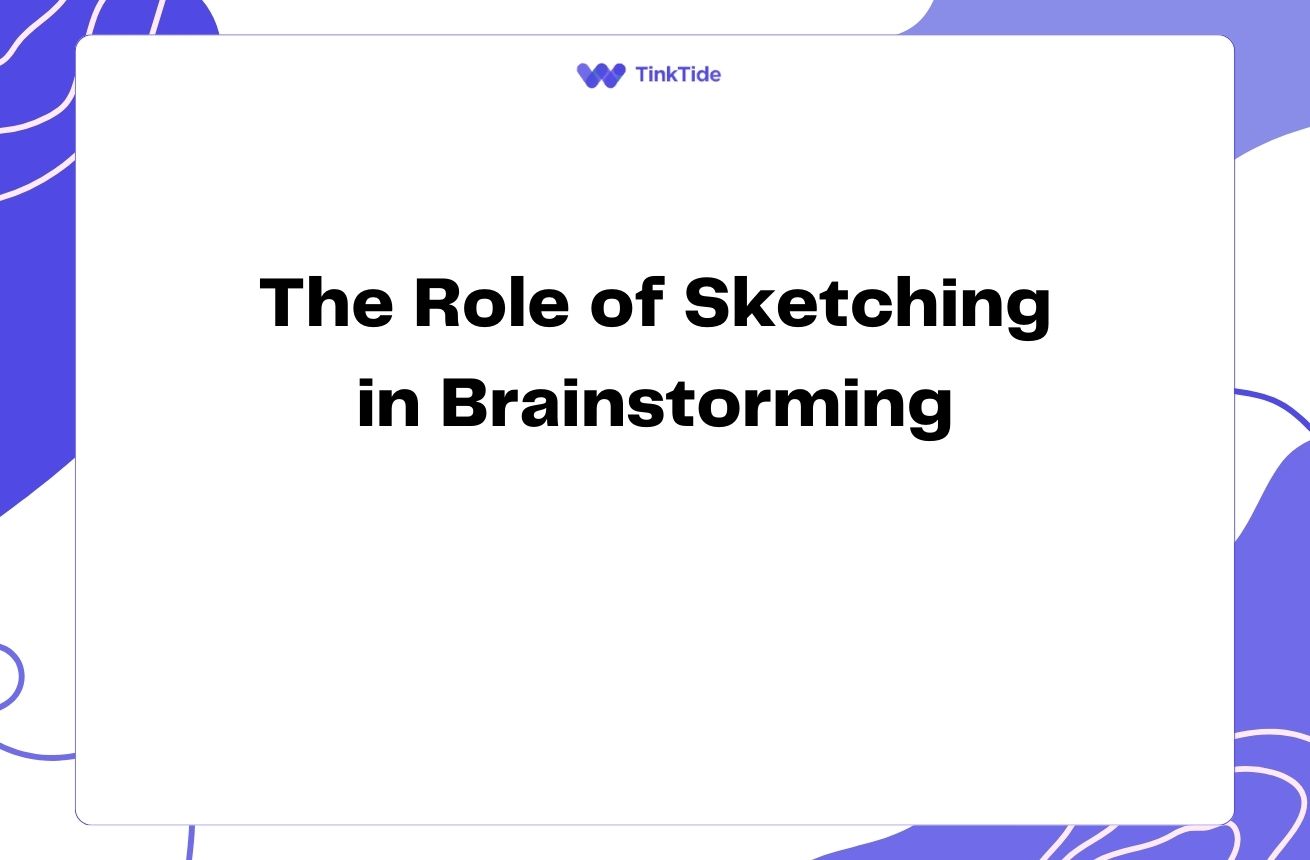Crafting Your Brand's Story: The Power of Narrative in Marketing
The Magic of Storytelling in Marketing
In the bustling world of marketing, where attention spans are short and competition is fierce, storytelling emerges as a powerful tool to captivate audiences. It's not just about selling products or services; it's about creating an emotional connection that resonates with your customers on a deeper level.
Storytelling in marketing goes beyond mere facts and figures. It taps into the fundamental human desire for narrative, allowing brands to create memorable experiences that stick with consumers long after the initial interaction. By weaving a compelling tale around your brand, you're not just communicating what you do, but why you do it and why it matters.
Consider the success of brands like Nike, whose 'Just Do It' campaign tells stories of determination and triumph, or Airbnb, which shares tales of belonging and adventure. These narratives don't just sell products; they sell experiences, emotions, and ideals that customers want to be part of.
By harnessing the power of storytelling, you can transform your marketing from a one-way broadcast into a two-way conversation, inviting customers to become part of your brand's ongoing story.
Key Elements of Effective Brand Storytelling
To create a brand narrative that truly connects with your audience, consider these essential elements:
- Authenticity: Your story should reflect your brand's true values and mission
- Emotion: Tap into feelings that resonate with your target audience
- Consistency: Maintain a coherent narrative across all marketing channels
- Relevance: Ensure your story aligns with your customers' needs and desires
- Simplicity: Keep your narrative clear and easy to understand
Developing Your Brand's Unique Narrative
Creating a compelling brand narrative starts with understanding your company's core identity. What inspired the founding of your business? What challenges have you overcome? What values drive your decisions? These questions form the foundation of your brand story.
Next, consider your audience. What are their aspirations, fears, and desires? How does your brand fit into their lives? By aligning your narrative with your customers' experiences, you create a story that feels personal and relevant.
Remember, your brand story isn't just about your company—it's about your customers too. Position them as the heroes of the narrative, with your brand playing the role of guide or enabler in their journey. This approach, known as the StoryBrand framework, can be incredibly effective in creating a narrative that resonates.
Finally, ensure your story is consistent across all touchpoints. From your website and social media to customer service interactions, every aspect of your brand should reflect and reinforce your core narrative.
Storytelling Techniques for Marketers
Once you've developed your brand narrative, it's time to bring it to life through various marketing channels. Here are some effective storytelling techniques:
1. Visual Storytelling: Use images, videos, and infographics to convey your narrative visually. Platforms like Instagram and YouTube are excellent for this purpose.
2. Customer Stories: Share real experiences from satisfied customers. These testimonials and case studies add credibility to your brand story and help potential customers see themselves in your narrative.
3. Behind-the-Scenes Content: Give your audience a peek behind the curtain. Share the process of creating your products or the daily life at your company to add depth to your story and build trust.
4. Interactive Storytelling: Engage your audience directly in the storytelling process. This could be through user-generated content campaigns, interactive website experiences, or social media challenges that align with your brand narrative.
Measuring the Impact of Your Brand Story
Like any marketing strategy, it's crucial to measure the effectiveness of your storytelling efforts. Here are some key metrics to consider:
1. Engagement Rates: Monitor likes, shares, comments, and time spent on your story-driven content. High engagement suggests your narrative is resonating with your audience.
2. Brand Sentiment: Use social listening tools to track how people are talking about your brand. A successful narrative should improve overall brand sentiment.
3. Customer Loyalty: Track metrics like repeat purchases, customer lifetime value, and referrals. A strong brand story should foster deeper customer relationships.
4. Conversion Rates: Ultimately, your storytelling should drive action. Monitor how your narrative-driven campaigns impact conversion rates compared to more traditional marketing approaches.
Steps to Implement Storytelling in Your Marketing Strategy
Ready to harness the power of storytelling in your marketing? Follow these steps:
- Step 1: Define your brand's core values and mission
- Step 2: Identify your target audience and their key motivations
- Step 3: Craft your brand narrative, positioning customers as the heroes
- Step 4: Choose appropriate channels and formats for your storytelling
- Step 5: Create and distribute your story-driven content
- Step 6: Monitor performance and gather feedback
- Step 7: Refine and evolve your narrative based on results
Common Pitfalls in Brand Storytelling
While storytelling can be a powerful marketing tool, there are some common mistakes to avoid:
1. Inauthenticity: Don't try to be something you're not. Customers can spot insincerity from a mile away.
2. Overcomplication: Keep your story simple and easy to understand. Don't lose your audience in unnecessary details.
3. Inconsistency: Ensure your story aligns across all platforms and touchpoints. Conflicting narratives can confuse and alienate customers.
4. Neglecting the Customer: Remember, your brand story should ultimately be about how you serve your customers, not just about your company's history or achievements.
Address common questions
Let's address some frequently asked questions about storytelling in marketing:
Why is storytelling important in marketing?
Storytelling helps create emotional connections with customers, making your brand more memorable and relatable. It can differentiate you from competitors and foster customer loyalty by aligning your brand with your audience's values and aspirations.
How do I find my brand's story?
Start by examining your company's origins, values, and mission. Consider the problems you solve for customers and how you're uniquely positioned to help them. Your brand story should authentically reflect these elements while resonating with your target audience.
Can small businesses benefit from brand storytelling?
Absolutely! In fact, small businesses often have compelling stories that can help them stand out in crowded markets. Your unique journey, local roots, or personal touch can be powerful narrative elements that larger competitors might lack.
How often should I update my brand story?
While your core narrative should remain consistent, it's important to evolve your story as your brand grows and changes. Regularly reassess your story's relevance and update it to reflect new achievements, evolving customer needs, or shifts in your industry.
What if my product or service isn't 'exciting'? Can I still tell a compelling story?
Every product or service solves a problem or fulfills a need, which is inherently interesting to the right audience. Focus on the impact your offering has on customers' lives, the passion behind your work, or the unique approach you take. Even seemingly 'boring' products can have fascinating stories behind them.
Provide additional resources
Building a StoryBrand
Learn about the StoryBrand framework for crafting compelling brand narratives
The Hero's Journey
Understand the classic storytelling structure and how it applies to marketing
Storytelling That Moves People
Harvard Business Review article on effective business storytelling
The Science of Storytelling
Forbes article explaining the psychological impact of storytelling
Brand Storytelling Examples
Inspiring examples of successful brand storytelling in action
Summarize key takeaways
Storytelling in marketing is more than just a trend—it's a fundamental way to connect with your audience on a deeper level. By crafting a compelling brand narrative, you can differentiate your brand, build emotional connections, and create loyal customers who see themselves as part of your story.
Remember, effective brand storytelling is authentic, emotionally resonant, and customer-centric. It should be consistently woven throughout your marketing efforts, from social media posts to customer service interactions.
As you embark on your brand storytelling journey, keep refining your narrative based on customer feedback and performance metrics. With time and effort, your brand story can become a powerful asset that drives meaningful connections and business growth.
Ready to Start Your Brand Storytelling Journey?
Discover how our platform can help you craft and share your unique brand narrative.
Start Your Free Trial

